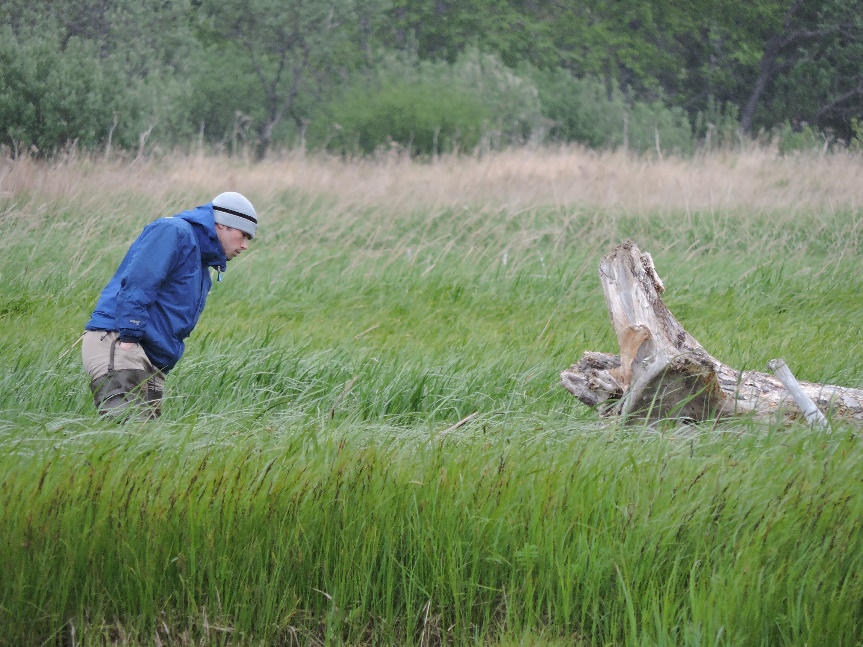Max Nyquist (’14)- Fifth Year Masters
How did I get involved in the stickleback lab?
It was not until the summer going into my senior year (’14) at Clark that I became a member of the Foster/Baker stickleback lab, when I was approached with the opportunity to join a field research team headed to British Columbia, Canada for a season of data collection. Not only was the trip an amazing adventure, but it provided me with invaluable field experience and opened my eyes to the research potential of the threespine stickleback. I have been an active member of the lab ever since, and I am continuing my own research as a 5th-year master’s student.
Previous research involvement
The trip to British Columbia was an exploratory trip for the Foster/Baker lab, that required our team to visit over 150 locations to collect population samples and lake productivity data. My job on this trip was to aid in the collection, preservation and documentation of stickleback populations, to record environmental characteristics such as water productivity, depth, salinity, clarity, and temperature, and to artificially fertilize eggs from gravid females for rearing and further research back at Clark University. A majority of the research during this exploration was carried out on Vancouver Island, however several locations on the Sechelt Peninsula were also included.
The following summer, I returned to the Sechelt Peninsula as a part of a field team responsible for population sample collections and egg fertilization for continued study at Clark. Once the job had been completed in British Columbia, I moved to Alaska to continue collecting samples and to proceed with my own research project: threespine stickleback anti-predator behavior in the face of an invasive species.
Current research
While in Alaska I completed stickleback behavioral observations in four different lakes, two of which contained northern pike, while the other two were void of pike. The goal of these observations was to explore the potential behavioral differences between the two predation regimes, in order to evaluate the effects of the invasive species, northern pike, on stickleback anti-predator behavior. Hours of in-water observations and testing provided me with a data set of behavioral responses for analysis back at Clark. I have begun to analyze this data and report my findings in my master’s thesis, which I plan to complete at the end of my 5th year. I am also leading an effort to examine longitudinal (multi-year) changes in armoring in a population invaded by pike.
Other interests
While completing my undergraduate degree here at Clark, I was a member of and eventually captain of the Varsity Men’s Lacrosse Team, as well the Club Ice Hockey Team. I love athletics, and I continue to give my support to the Men’s Lacrosse Team whenever I can. I also enjoy the great outdoors, which is why my experiences with field research in Alaska and British Columbia have been so enjoyable. I try my best to make time for hiking, camping, and fishing trips whenever possible.
Awards:
Graduate Student Travel Award, Department of Biology, Clark University 2015 ($500)
Presentations:
Poster presentation: 52nd Annual Meeting of the Animal Behavior Society, Anchorage, Alaska: June 2015.
Poster presentation: 8th International Conference on Stickleback Behavior and Evolution, Stony Brook, NY: July 2015
